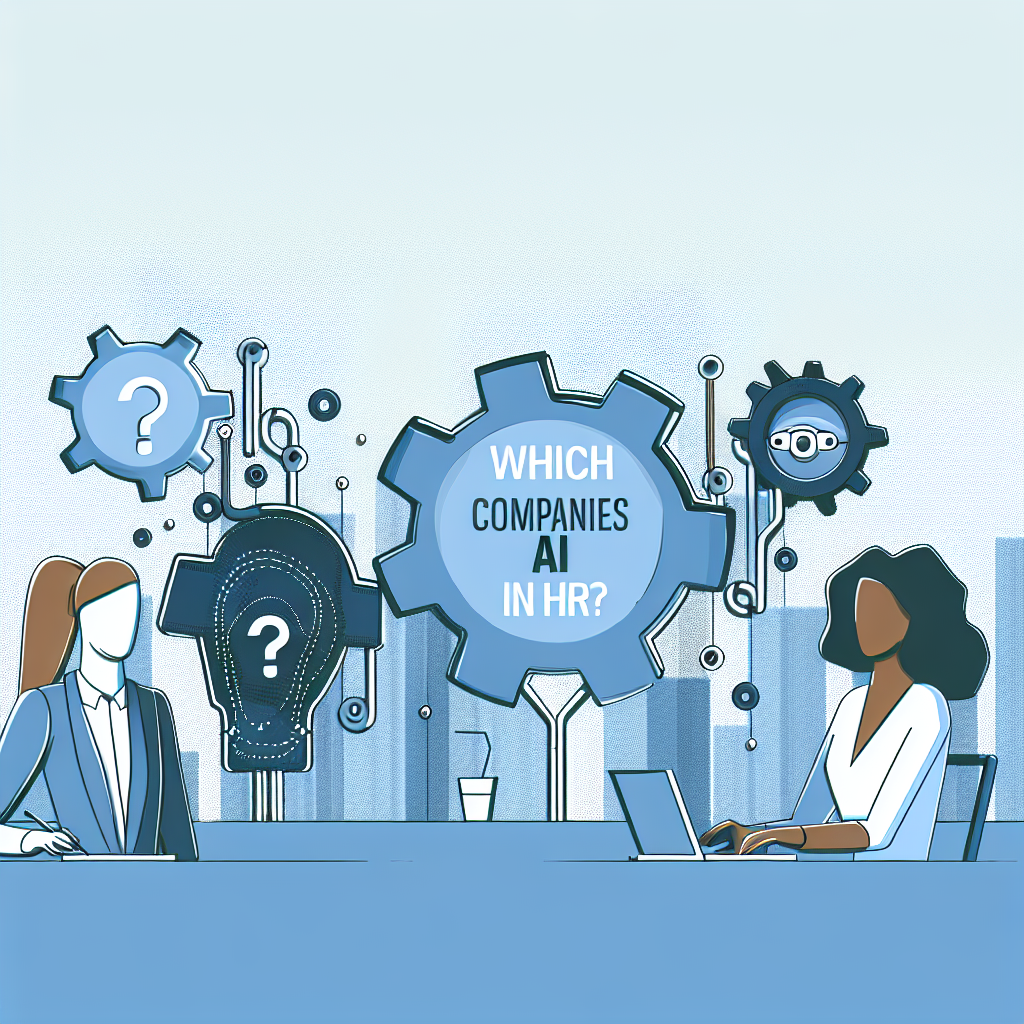
As the workforce landscape continues to shift, human resource professionals face both challenges and opportunities. Understanding the current trends and relevant practices can help organisations stay competitive. This article aims to shed light on effective strategies for engaging employees, driving talent acquisition, and developing a thriving workplace culture.
Understanding the Modern Workforce
The first step in navigating the contemporary human resources landscape involves recognising how employees’ expectations have changed. Today’s workforce is diverse, with varying priorities influenced by factors such as technology, socio-economic conditions, and cultural backgrounds. HR professionals must adapt their strategies to resonate with different employee segments.
Diversity and Inclusion Efforts
Diversity and inclusion (D&I) are more than just buzzwords; they play a critical role in attracting and retaining top talent. Businesses with diverse teams often perform better and exhibit increased innovation. Here’s how HR can foster an inclusive workplace:
- Implement Diverse Hiring Practices: Use blind recruitment techniques to minimise bias during candidate selection.
- Training and Awareness: Conduct awareness sessions to educate employees about various cultural differences.
- Supportive Policies: Create policies that support employees from various backgrounds and lifestyles.
Employee Engagement Strategies
Engaged employees are more productive and committed to their organisations. To achieve higher engagement levels, HR professionals should consider the following techniques:
- Regular Feedback: Implement ongoing feedback mechanisms to understand employee sentiments.
- Career Development Opportunities: Provide resources for continuous learning and professional advancement.
- Recognition Programs: Establish recognition initiatives that celebrate employee contributions and achievements.
Optimising Talent Acquisition
Attracting the right talent is a key objective for every HR team. With the talent pool becoming increasingly competitive, here are some refined approaches to elevate your talent acquisition process:
Utilising Technology in Recruitment
The integration of technology into recruitment processes can streamline applications, allowing for a more effective hiring strategy. Here are some tools to consider:
- Applicant Tracking Systems (ATS): These systems help manage job applications and can identify qualified candidates efficiently.
- AI-Powered Screening Tools: Use AI to filter resumes, saving time and reducing hiring bias.
- Video Interview Platforms: Leverage video interviews for remote candidates, allowing flexibility and convenience.
Building a Strong Employer Brand
An appealing employer brand greatly influences candidates’ decisions. To enhance your brand’s reputation:
- Showcase Company Culture: Use social media and career pages to give potential hires insight into your work environment.
- Employee Testimonials: Encourage employees to share their experiences through reviews or blogs.
- Community Involvement: Engage with the community by supporting local initiatives, fostering a positive brand image.
Creating a Positive Workplace Culture
Cultivating a positive workplace culture is essential for employee satisfaction. Human resource professionals should consider the following:
Encouraging Open Communication
Open lines of communication contribute to trust among team members. Techniques for effective communication include:
- Regular Check-ins: Schedule one-on-one meetings between managers and employees to discuss concerns and aspirations.
- Anonymous Feedback Channels: Provide platforms where employees can voice their opinions without fear of repercussion.
Promoting Work-Life Balance
A healthy work-life balance is vital for employee well-being. Here are some ways to promote it:
- Flexible Work Hours: Allow employees to adjust their working hours based on personal commitments.
- Remote Work Options: Offer the possibility of remote work to accommodate different lifestyles.
Employee Well-being and Mental Health Support
Mental health issues can affect productivity and workplace dynamics. It is crucial for HR teams to proactively address these challenges:
Implementing Wellness Programs
Encouraging employee well-being can prevent burnout and enhance job satisfaction. Consider the following wellness initiatives:
- Health Workshops: Host workshops focusing on mental and physical health.
- Employee Assistance Programs (EAPs): Provide access to counselling and support services.
Encouraging Healthy Work Practices
Promoting a healthy work environment can significantly affect morale. Here’s how:
- Physical Activity Initiatives: Encourage employees to participate in fitness activities or have walking meetings.
- Promoting Breaks: Remind employees to take regular breaks to recharge throughout the day.
Conclusion
Adapting to the changing needs of employees and the current labour market is essential for any organisation aiming for sustainability and success. By focusing on skills enhancement, improving workplace culture, and maintaining open lines of communication, HR professionals can create an environment where both employees and the organisation can flourish. By embracing these strategies, you will surely boost your organisation’s performance in the modern workforce landscape.
As you reflect on these insights, remember that continuous evolution and responsiveness to employee needs will hold the key to nurturing a resilient and committed workforce.
Vadim Kouznetsov is a distinguished entrepreneur and the visionary founder and CEO of JobXDubai.com, the UAE’s rapidly expanding job board. Renowned for his expertise in bridging the gap between job seekers and employment opportunities, Vadim has become a leading authority in the recruitment and job market of Dubai.
